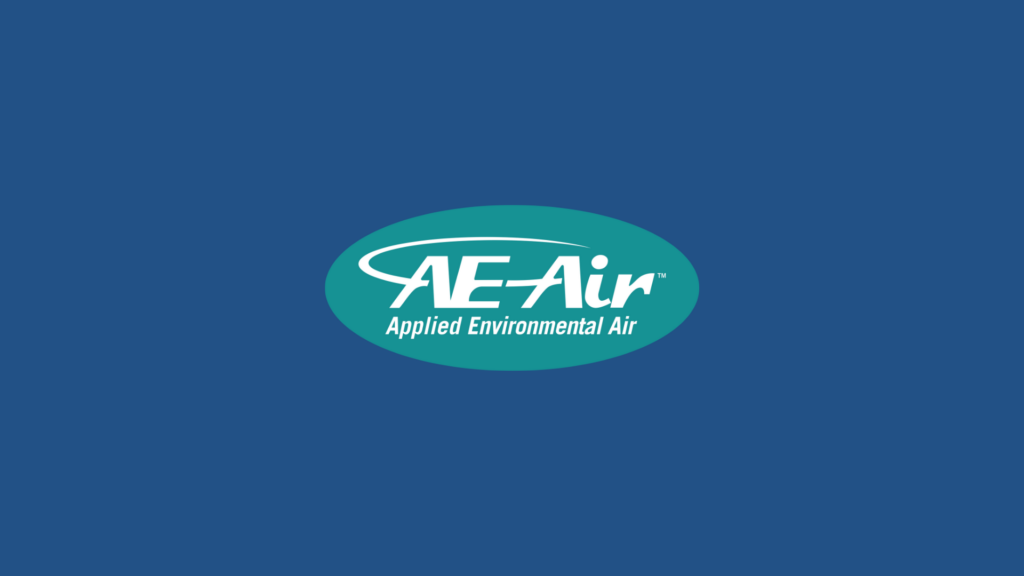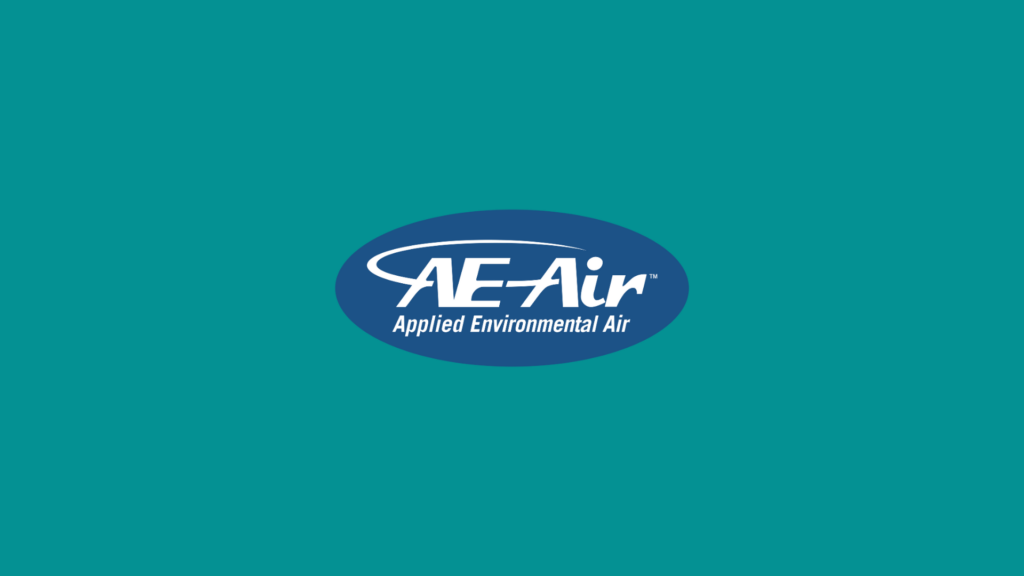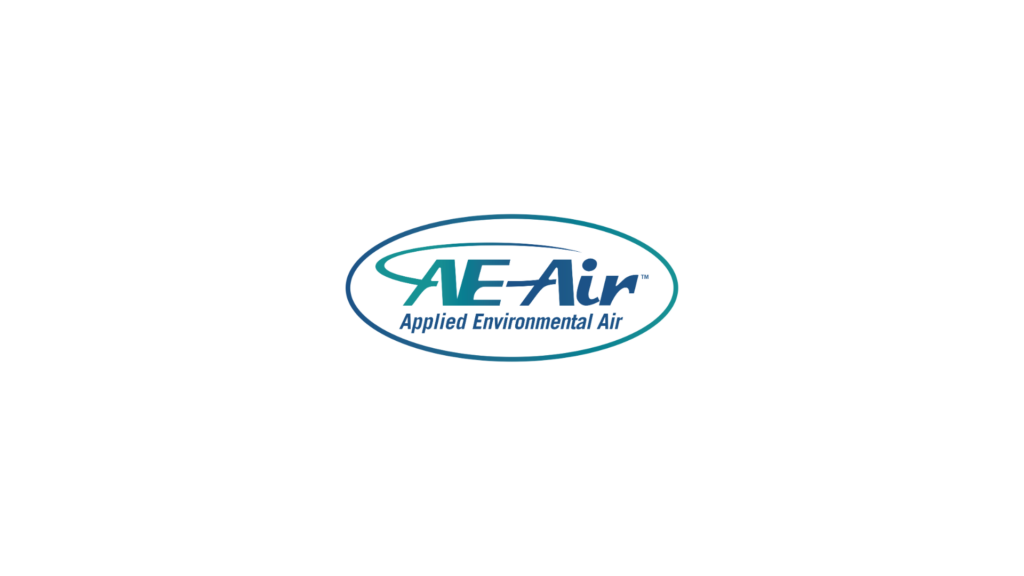Introduction
Ceiling standard fan coils are a key component in optimizing HVAC systems for a variety of projects. These fan coils offer a flexible solution that caters to the specific demands of modern architecture and design, making them ideal for engineers and architects seeking efficiency and versatility.
The Versatility of Ceiling Standard Fan Coils
Ceiling standard fan coils are a cornerstone in HVAC systems for their ability to adapt to various applications. These units are designed for suspended ceiling installations, making them suitable for both new constructions and retrofit projects in a range of building types, from office spaces to residential complexes.
One of the key benefits is their unobtrusive nature. By seamlessly fitting into ceilings, they leave floor and wall spaces clear for other design elements. This flexibility is particularly advantageous in spaces where aesthetics and utility must go hand in hand, like commercial settings that demand sleek, functional environments.
Moreover, ceiling standard fan coils provide consistent airflow across different room sizes, maintaining comfortable indoor climates. Their design allows for easy zoning, so temperature control can be customized for separate areas. This is ideal in multi-use buildings where some areas may require more heating or cooling than others.
These fan coils also contribute to energy efficiency. Compared to bulkier units, they consume less power while delivering effective climate control. Their ability to be integrated into existing systems without major overhauls makes them a practical choice for developers aiming to enhance building efficiency without incurring excessive costs.
Choosing the Right Fan Coil for Your HVAC Needs
Selecting the right ceiling standard fan coil involves careful evaluation of project specifics. This ensures the unit meets the heating and cooling demands without compromising performance.
Begin by assessing the load capacity required. This takes into account the size of the area to be conditioned and the expected occupancy levels. A unit that is too small might struggle, while an oversized one could lead to energy wastage. Accurately predicting the load ensures that the system operates efficiently.
Next, consider the physical size of the fan coil. Measure the available ceiling space to confirm the unit’s fit. Compact units might be preferable in smaller spaces, whereas larger commercial areas might benefit from units with greater output capabilities.
Budget is another critical factor. Evaluate the initial cost against long-term energy savings to identify the most cost-effective option. Some units offer advanced features like variable speed control that can contribute to further energy savings, justifying a higher upfront investment.
Finally, reflect on any additional needs like noise levels, especially in environments where quiet operation is crucial. By factoring in these considerations, developers and contractors can choose a fan coil that not only meets project requirements but also supports overall HVAC system efficiency.
Integration with Horizontal Water Source Heat Pumps
Integrating ceiling standard fan coils with horizontal water source heat pumps creates a highly efficient and effective HVAC system. This combination leverages both components’ strengths to enhance overall performance, making it an ideal choice for a variety of building projects.
The compatibility between these fan coils and water source heat pumps lies in their shared focus on energy efficiency. Ceiling standard fan coils offer precise temperature control, while horizontal water source heat pumps provide consistent heating and cooling by utilizing stable ground or water temperatures. Together, they create a synergy that reduces energy consumption and improves indoor comfort.
Another benefit of this integration is its ability to offer flexibility in system design. It allows for advanced zoning capabilities, which can significantly improve comfort in multi-use spaces. This setup also simplifies the process of expanding or retrofitting existing systems, as both components can be integrated without significant modifications to the existing infrastructure.
For buildings aiming to achieve high energy efficiency standards, combining these technologies can result in lower operational costs and a reduced environmental footprint. This makes it an attractive option for developers and architects committed to sustainable building practices.
Best Practices for Installation and Maintenance
To ensure ceiling standard fan coils perform optimally, following best installation and maintenance practices is essential. Proper installation not only affects immediate performance but also influences long-term reliability.
Effective installation begins with accurate placement. Ensure the unit is securely mounted in the ceiling, and all ductwork is properly sealed to prevent air leaks. This helps in maintaining system efficiency and avoiding unnecessary energy loss. Additionally, verify that the system components are compatible with each other, particularly when integrating with other HVAC technologies like water source heat pumps.
Maintenance routines should focus on keeping the fan coils clean and well-tuned. Schedule regular inspections to remove dust and debris from the coils and filters, which can impede airflow and reduce efficiency. Checking the electrical connections for any wear and tear can prevent malfunctions and extend the unit’s lifespan.
By implementing these strategies, building managers and contractors can ensure that ceiling standard fan coils continue to deliver reliable and efficient performance. Regular maintenance not only sustains energy efficiency but also lengthens the service life of the HVAC system, contributing to cost savings.
Conclusion
Ceiling standard fan coils stand out as a versatile and efficient choice in HVAC projects. When paired with horizontal water source heat pumps, they present a potent combination that supports energy-efficient designs and modern comfort standards. Ensuring a proper fit and following recommended maintenance practices can further enhance their performance.
Harmonizing these components within larger HVAC systems can unlock significant benefits, including cost savings and environmental sustainability. By integrating ceiling standard fan coils with other advanced HVAC technologies, architects and engineers can design solutions that are adaptable, efficient, and responsive to modern building challenges.
Explore how our flexible HVAC solutions at AE Air can enhance your projects. With our tailored chilled water fan coils and water source heat pumps, we ensure optimal energy efficiency for any build. Let us partner with you to create systems that meet your unique requirements and elevate your project to new standards of performance.


